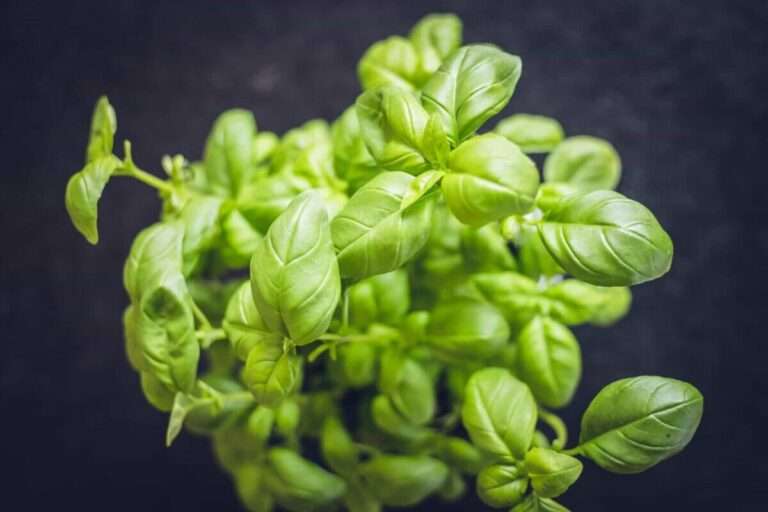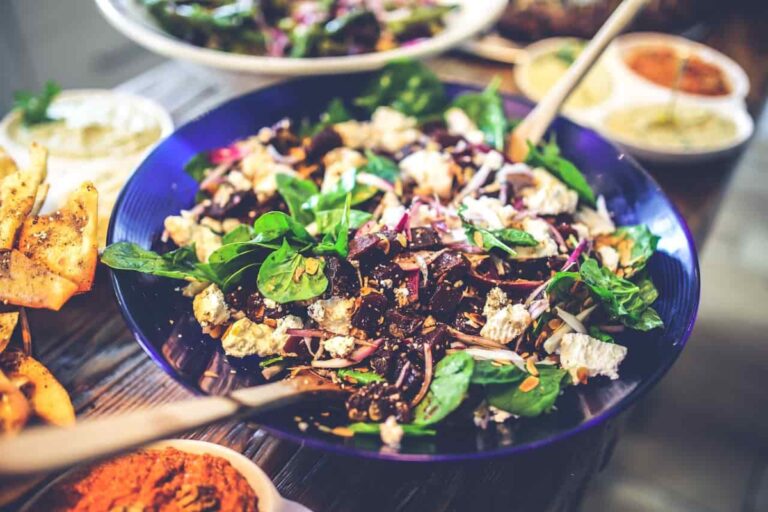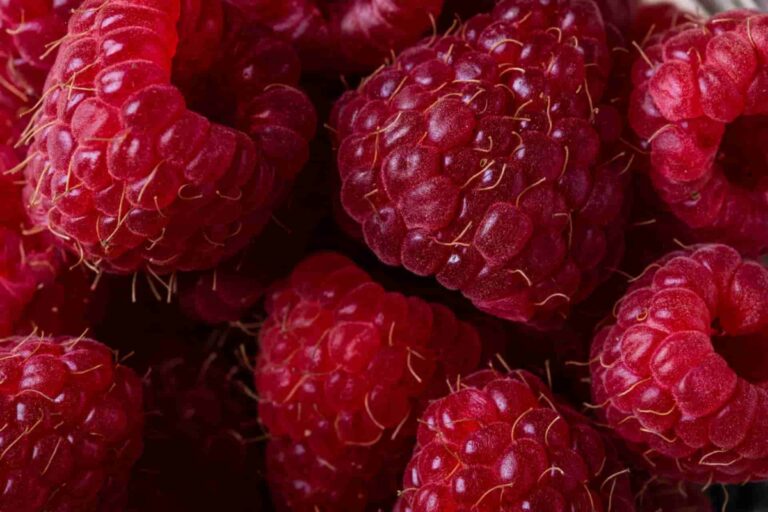Romaine lettuce 101- free guide and benefits
Did you know that Romaine lettuce is one of the oldest varieties of lettuce found anywhere in the world?
- Lactuca sativa, more commonly known as romaine lettuce, is a member of the Asteraceae family of plants and is said to be one of the oldest types of lettuce in the world. Romaine lettuce is one of the few varieties that grows upright and is tolerant of high temperatures. It is commonly sold in whole heads or as hearts, which means that the outer leaves are removed, leaving only the tender, pale inner leaves. In England, Romaine lettuce is also known as Cos lettuce, and in Italian and French, it is known as Lattuga Romana and Laitue Romaine.
- Many industry professionals are of the opinion that the kind of lettuce shown in ancient paintings found on tomb walls in Egypt is a Romaine variety because of its pointy and elongated leaf shapes. Additionally, the lettuce was presented to the monarchs of Persia, and in Syria, it was employed as an edible spoon for dipping and spreading foods like tabbouleh. In Rome, the milky liquid that was generated from the outer leaves was considered to have healing characteristics and was used by many ancient doctors to lessen the symptoms of ailments and illnesses. This usage of the milky liquid occurred in addition to its use in the culinary arts.
- They offered lettuce at the conclusion of the dinner because many ancient Greeks thought that eating lettuce would make one fall asleep. However, the evil Roman Emperor Domitian would offer it first thing in the morning at the beginning of his feasts so that he might attempt to torment his guests by making them remain awake while they were in his company.
- During his second trip to the New World in 1494, Christopher Columbus was generally credited with being the person who first brought lettuce to the Americas. And as of right now, around 70% of the lettuce farmed in the United States comes from the state of California. However, between the months of November and March, 90% of the nation’s lettuce comes from Yuma, which is located in the state of Arizona.

Romaine lettuce nutrition values and health benefits
- There is more to Romaine lettuce than the fact that it is an excellent leaf that adds colour and crunch to a salad. Additionally, it is a good source of nutrients, including vitamins, minerals, and fibre. Provides a significant amount of the antioxidant vitamins C and A, both of which may be found in high concentrations in the plant itself. These play a significant role in the body’s ability to maintain equilibrium and balance across a wide variety of systems.
- Those who are trying to lose weight will find that romaine lettuce is an ideal option since it has a relatively low number of calories in addition to a high concentration of nutrients. However, if it is cooked correctly, it has the potential to be a delicious and healthy addition to any meal or eating routine. Anyone who makes it a regular part of their diet will reap the benefits of the vitamins, minerals, and other nutrients that it offers.
- It has been shown that the high potassium content of romaine lettuce may enhance cardiovascular health in those who already have high blood pressure. In addition to this, the antioxidant vitamins A and C that can be found in lettuce may help to lower the amount of cholesterol that builds up in the arteries and the plaque that is subsequently formed as a result of this.
- There is some evidence that the folate found in romaine lettuce may help protect against serious heart conditions. This is accomplished via the degradation of the molecule homocysteine, which makes it possible for the body to eliminate the substance on its own. It is possible that the consumption of romaine lettuce, which is rich in folate, might contribute to the reduction of this chemical accumulation.
- Electrolytes are components of the body that include elements like sodium and potassium. Both sodium and potassium are necessary for the body in order to keep the amounts of biological fluids and blood in circulation at the appropriate levels. Since consuming an excessive amount of salt has been linked to an increased risk of cardiovascular disease and stroke, health professionals recommend increasing your intake of potassium rather than sodium. One serving of romaine lettuce has a quantity that is considered to be within the normal range for both salt and potassium.
- The use of vitamin A has been shown to improve overall eye health. It is likely that the vitamin A included in romaine lettuce might assist people in warding off age-related eye disorders such as cataracts.
- There are several different types of vegetables that contain beta-carotene, and romaine lettuce is one of them. As a consequence of this, it can be a good choice for those who are looking for an option to enhance their eye health.
- Numerous studies have shown that the presence of folate and antioxidants in romaine lettuce may help to protect the body from developing cancer. According to the National Institutes of Health, folate, which is present in food in its natural form, may help lower the risk of developing some types of cancer.
- Some people are worried that salad greens, such as romaine lettuce, may contain pollutants; nevertheless, this does not negate the fact that romaine lettuce may be a beneficial supplement to a varied diet. When farmers grow their food on polluted soil or irrigate it with polluted water, for instance, the risk of contamination rises.
- Another thing that should make people concerned about their health is the possibility of absorbing heavy metals from the ground. According to the findings of one study, romaine lettuce has the potential to remove heavy metals from the soil. After being consumed, these heavy metals have the ability to be absorbed into the body of the human who eats them, which poses a possible threat to that individual’s health.
100g of Romaine lettuce has 17 calories (72kj), 1.2g protein, 0.3g fat, and 3.3g carbs, including 2.1g fibre.
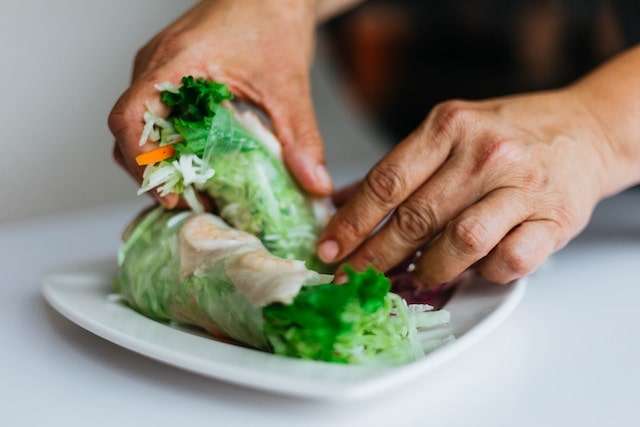
How to store Romaine lettuce and how to buy them
- Keep whole heads of lettuce in your refrigerator rather than chopping them up. The heads of lettuce, as opposed to the individual leaves, often have a longer shelf life. Putting them away won’t require you to do anything out of the ordinary. Maintain their original state and store them in a position that is cold and dry within your refrigerator. When preserved in this manner, the lifespan of heads of lettuce is around ten days. Although a vegetable crisper is an excellent location for storing heads of lettuce, it should be noted that not all refrigerators come equipped with this drawer.
- Maintain a well-ventilated space so that any excess moisture may escape from the lettuce. The most ideal location is in a drawer that houses a vegetable crisper. In the event that this is not an option, place the lettuce on the very front of the shelf, away from other fruits that produce ethylene, such as tomatoes and bananas. The average shelf life for lettuce leaves is up to 5 days, although they may remain fresh for much longer if they are properly preserved. When you put lettuce in the back of the refrigerator, you should exercise caution. This not only makes it simpler to forget about the lettuce, but the cold from the freezer is also likely to cause the lettuce to get damaged.
- Before using lettuce, be sure to thoroughly wash it. To clean lettuce, fill your sink with ice water, and after swishing it around by hand in the water for a few minutes, drain the water and repeat the process. It is expected that this will eliminate any remaining dirt from the lettuce. Make an effort to wash just the amount of lettuce that you will use, as this will prevent the remaining lettuce from absorbing more water than it needs to. Because moisture causes lettuce to get mushy and rot, it is important to keep the lettuce as dry as possible.
- Before storing the lettuce, make sure that it is totally dry. Before being stored away for later use, any remaining lettuce leaves must first be dried thoroughly so that all trace of moisture is removed. Using a salad spinner to dry the leaves is the simplest method for doing this task. They need to be spun until the water is totally removed. You may also gently squeeze the moisture out of the lettuce by rolling it up in a towel or patting it dry with a paper towel before rolling it up.
- To determine if your lettuce is still edible or has gone bad, consider the following:
- Find any brown or black spots on the leaves, since these are signs of decay. When blemishes arise, they stand out immediately. The normal hue of lettuce is pale green. You know your lettuce is dying when you see black stains replacing these colours on many leaves. Lettuce that has lost its colour usually has a slimy texture and a foul odour. In most cases, eating anything with a few brown spots on it is safe. If the remainder of the lettuce leaf is healthy, you may also cut around the damaged area.
- Toss aside any wilted lettuce that smells sour or nasty. The aroma of fresh greens is almost non-existent. The lettuce’s growing medium may provide a little earthy aroma. Lettuce with a strong odour is likely spoiled. The putrid odour will be particularly obvious since it will be so terrible.
- Look for withering in the leaves as a warning indicator. New lettuce has a crisp, firm texture. When lettuce becomes old, it wilts, loses its crispness, and develops wrinkles. These shifts are visible to the naked eye and detectable by touch in the leaves. Even though these leaves don’t feel damp, wilting is a sign that lettuce is on the verge of rotting.
- Feel the leaves to see whether they are damp. If your leaves aren’t visibly rotting, pay attention to how they feel. Moisture on the leaves may be visible to the naked eye. The leaves get mushy and decay when they produce sticky or slippery material.

Cooking techniques, secrets, and tips from the kitchen
- Because it is common knowledge that lettuce has a high water content, you should take advantage of this fact by including it in your next smoothie or juice mix. Simply throw a few leaves into the blender along with your preferred assortment of fruits and veggies, and you’re set to go.
- Wrapping food in lettuce is an exciting and engaging way to eat, particularly if you are attempting to limit your consumption of carbohydrates and are looking for an alternative to typical wrappers like Lavash or bread. Try using lettuce wraps with baked falafel, taco, or fajita filling, or as a bread replacement for your next burger. Lettuce wraps are often linked with Asian foods, such as chicken lettuce wraps.
- What’s that, lettuce and soup? Believe what I say about this. Shredded crisp lettuce, such as romaine or iceberg, improves a bowl of soup. Even though it will get softer and more wilted, it will keep some of its energising crunch and provide an additional layer of texture as well as a sweet flavour to the soup. In addition to lettuce, other dark greens and leafy greens with a softer texture, such as spinach or rocket, also pack a nutritional punch.
- You can impart a crisp, clean flavour to romaine lettuce with only a few quick strokes of the grill. The firm, crunchy leaves of romaine lettuce are able to tolerate some heat, so there’s no need to be concerned about that. In fact, a few minutes on the grill gives them lovely charred edges as well as moderate wilting in a delectable way, adding more texture to their already crunchy nature. Serve with freshly ground black pepper and/or gratings of Parmesan, Manchego, or any other kind of hard cheese, as preferred, and drizzle with a little bit of olive oil, lemon juice, and a touch of salt.
- Do not write off this delicacy consisting of romaine lettuce that has been stir-fried until you have tasted it for yourself. It can be cooked from start to finish in less than five minutes, and it has a crisp texture, a light flavour, and a delicious flavour. This lettuce dish will often be doused with a thick sauce when ordered at some Hong Kong restaurants, which is to be expected at such establishments. This dish might benefit from being prepared in a lighter version and presented. One of my favourite combos for a salad is roughly chopped romaine, garlic, ginger, Shaoxing wine, a pinch each of salt and white pepper, a drizzle of sesame oil, and a sprinkle of dried chilli flakes.
- Create a sauce out of lettuce by treating it as you would a strong-flavoured herb, such as basil, and using it as an ingredient! Using the recipe for your go-to pesto, replace one-half of the basil with chopped lettuce. If you feel that the flavour of basil is often too strong for you, this is an excellent technique to prepare pesto since lettuce may lend body and moisture to the dish without contributing any powerful or harsh flavours.
- A delicious bowl of rice or noodles will include an appropriate proportion of protein to starch, as well as a variety of textures and flavours. Chopped lettuce is a popular choice since it is not only easy to digest but also rapidly takes on the flavour of accompanying dressings and sauces. When you want to include a variety of veggies in your bowl, this is a simple addition that requires no preparation.
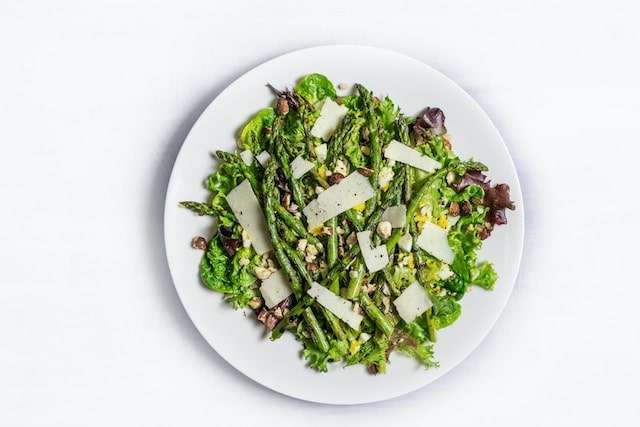
History of Romain lettuce from the beginning until today
- Its original range included what is now western Europe and the eastern Mediterranean, where it continues to do well. About 5,000 years ago, people began cultivating a kind of lettuce known as romaine that they ate both cooked and raw. Long, pointed lettuce leaves, somewhat unlike those of romaine lettuce, are seen in Egyptian tomb paintings.
- The Romans, who liked to prepare their lettuce, gave it the name “Cappadocian lettuce,” and the name “Roman lettuce” stuck because of the Romans’ faith in the healthful and curative properties of the vegetable.
- According to Pliny, Emperor Augustus Caesar had a horrible sickness and was miraculously cured by the goddess, so he built a temple to her in her honour. The first syllable of the plant’s Latin name, Lactuca, translates to “milk” in English because of the white latex that oozes from the base of the leaf and the thicker ribs of older, larger leaves. The juice of lettuce was used as a remedy by several ancient herbalists.
- Legend has it that the Popes of the Roman Catholic Church brought this specific type of lettuce with them when they temporarily migrated from Rome to Avignon in the 14th century, thus the name Avignon lettuce. Vegetables were initially called “Roman lettuce” somewhere in the 17th century. The Italian name for romaine lettuce is lattuga romana, which literally translates to “Roman lettuce.”
- When comparing the commercial significance of different types of lettuce, iceberg lettuce is clearly the most important, while romaine lettuce comes in at number two. Check out Caesar Salad and Caesar Salad Recipes to find out how to get the most out of this well-liked lettuce. Of course, Caesar was the one who thought of it.
- Although the Compositae (daisy) family is the second largest family of flowering plants, it contributes relatively few edible species to the human diet (the others being chicory, endive, escarole, and dandelion). The dark green, long, thin, crisp, stiff leaves have a gritty feel and a distinctive rib that extends almost to the tip of the leaf, in addition to the expanded head. This kind of lettuce is a select strain of the wild type, Lactuca sativa.



